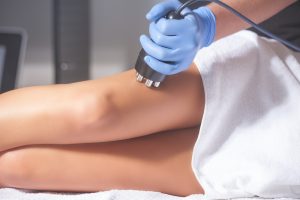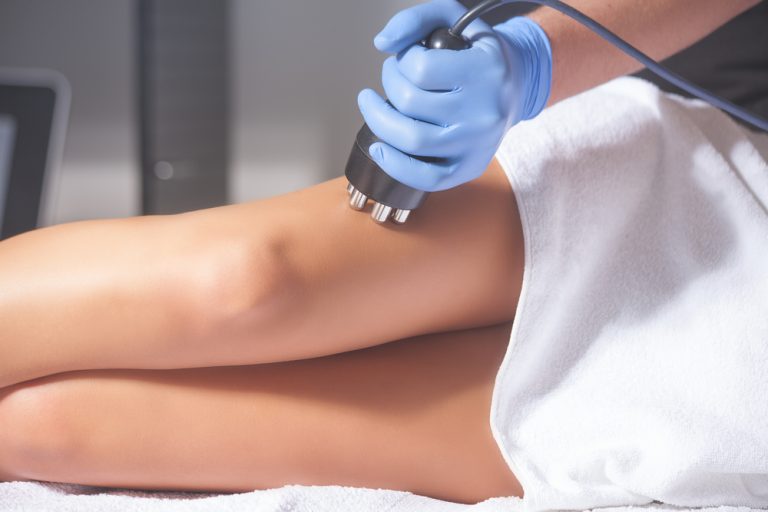Many people use personal sound instruments to connect with others and fully experience their surroundings. These advanced devices improve sound perception, making conversations and environmental clues clearer. Like any precise equipment, they require regular maintenance to work well and last long. Simple maintenance procedures might be neglected, resulting in decreased efficacy, unanticipated failures, and a shorter operational lifespan, affecting the user’s regular activities. Understanding and following a regular care plan is not only recommended but necessary to keep these devices working well. This proactive approach to maintenance preserves the investment and ensures reliable sound reception day after day, even in the earliest phases of sound perception development, as shown by child hearing screening.
Care Routines
Effective personal sound instrument care starts with basic everyday routines. After using these devices all day, wipe them clean with a soft, dry towel at night. This removes daily moisture, skin oils, and microscopic particles from the surface. For instruments in the outer ear, pay attention to the earpiece. Use a small, specialized tool, usually included with the device, to carefully brush away visible debris. For changeable power cell instruments, open the battery compartment overnight. This circulates air to dissipate interior moisture that could damage components.

Safety Steps
Beyond everyday cleaning, preventative steps can extend the lifespan and assure the reliable working of these sensitive devices. We must safeguard them from environmental risks.
- Always remove instruments before showering, bathing, or swimming. Water, even in little amounts, can damage electronics.
- Keep them out of hot cars and direct heat sources to avoid warping and damaging sensitive parts.
- Always keep instruments in their case or drying kit when not in use. Desiccators in these kits protect the interior workings from humidity, a typical cause of problems.
- Handle instruments with clean, dry hands to avoid oil and grime transfer.
- Apply hairspray and perfume before inserting instruments to avoid small particles obstructing vital holes.
Along with frequent inspections for early developmental variables like child hearing screening, these protective routines safeguard instruments against environmental hazards and give clear sound perception for years.
Assistance from Experts
Daily and preventative user care is essential, but expert checkups and deeper maintenance are essential for optimal performance and lifetime. Specialists have the skills and tools to clean beyond the surface. They can clean vents and other tiny holes, check internal tubing for obstructions or wear, and evaluate the instrument’s parts. Professionals can also inspect the instrument’s performance and alter its settings to improve sound perception during these consultations. These frequent expert visits help discover and fix potential difficulties before they become serious concerns, protecting the instrument’s sophisticated processes and assuring clear communication. Daily user care and periodic expert oversight are the best ways to maximize the value and performance of these crucial personal sound instruments.











